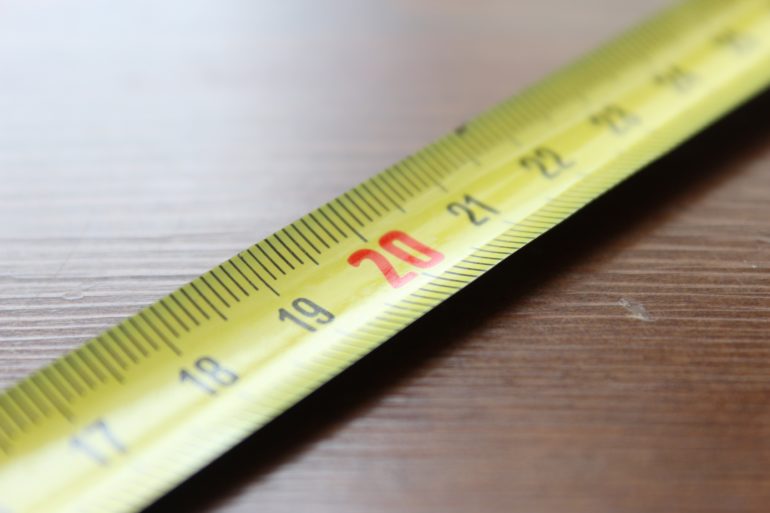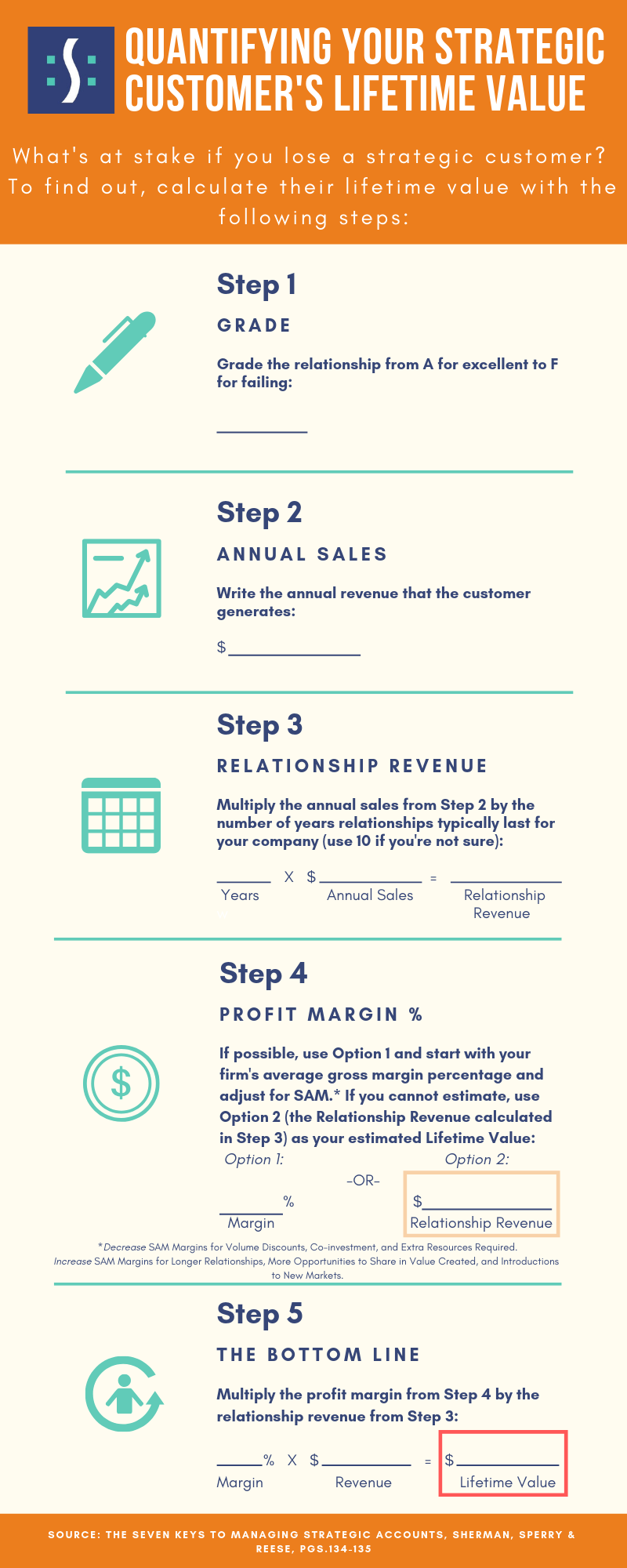
Measuring Customer Value
Executive management in most firms measure the value of their company using financial metrics like stock price and cash flow. Other measurements used include the value of technology assets, plan assets, equipment assets, and human assets. Although each of these components of measuring a company is important, isn’t it odd that most companies spend so much time and effort tracking and managing these assets while neglecting to control their relationship assets– especially since the value of those relationships in so many cases is larger than the value of all the other assets combined?
Why Are Relationships Considered Assets?
An “asset” is defined as something owned or controlled that brings benefits for more than one accounting period. If the definition alone isn’t enough to convince you, there are other similarities between relationships and physical assets. Customer relationship assets and physical assets both:
- Involve an initial investment with an expectation of future returns on the investments
- Require repairs and maintenance to protect the investments
- Are maintained with the intention of maximizing the profit gathered over their lifetimes
- Include measuring the performances of the assets over their lifetimes
Why Measure the Lifetime Value of a Customer?
Most importantly, measuring the value can justify increased resources and investment in the account relationship. In addition, account managers are also able to determine which mix of business development activities will maximize their returns, determine the extent to which each account will help them achieve their financial and strategic goals, and assist them in making more effective resource allocation decisions.
How to Measure the Lifetime Value of Your Customer

After calculating your strategic customer’s lifetime value, ask yourself these 5 questions[1]:
1. How does the annual dollar-level value you are currently delivering to this customer compare with the value they deliver to you?
2. How much would it cost your company to develop new account relationships that would generate the same level of revenue or profit?
3. How much are you currently investing in these relationships to ensure you don’t lose them?
4. What grade did you assign to this relationship? Could it be on the edge (C or lower)?
5. What additional investments should you make to ensure the loyalty of these relationships?
No account executive wants to imagine losing one of their largest, most strategic customers, but if you’re not investing in them properly and/or not providing the value they need, there is a real possibility that it could happen. Making sure to regularly measure the value you provide to your customers and the value they provide to you can remind you to strategize in the long-term for your most valuable assets – your customer relationships.
[1] Sherman, Sallie, et al. "Quantify the Value Strategic Accounts Provide." The Seven Keys to Managing Strategic Accounts, McGraw-Hill Companies, 2003, pp. 132-38.




